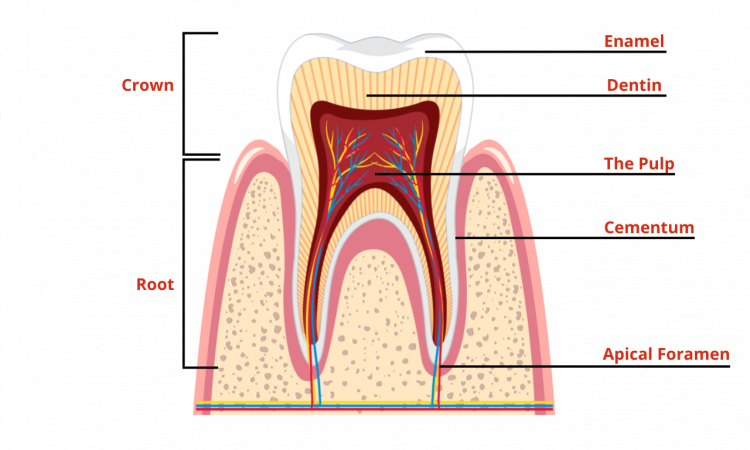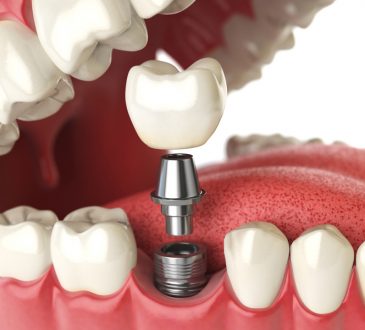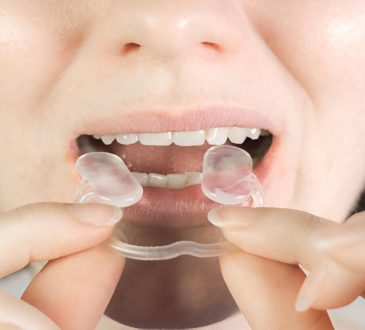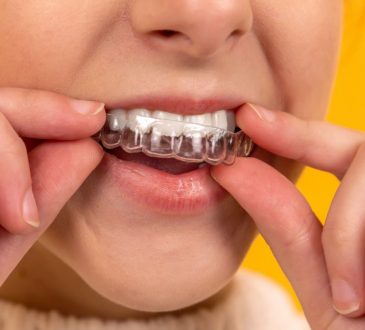
Your teeth are part of the digestive system. They break down food by crushing or chopping it before swallowing it. Most people have 32 teeth, with some having more and some having less. Enamel (your teeth’s protective outer layer) is the toughest material in the body as explained by a family dentist in Port Orange, FL. In this post, we will cover the many types of teeth found in the oral cavity and what they are formed of histologically.
Types of Teeth present in the mouth
There are 32 permanent teeth in the human adult:
- Molars: Rear teeth that are mostly flat & best used for the mechanical grinding of food. Typically erupt from gums at 6-8 years of age.
- Incisors: Sharp Front teeth
- Canines: The sharpest teeth in the mouth
- Premolars
- Wisdom Teeth: Also known as the 3rd molars, these are located at the posterior end of the mouth & are often surgically extracted to prevent complications
What Are Teeth Made of?
Your teeth have four main layers, including:
- Enamel: This is the protective outer layer of each tooth. Enamel helps shield your teeth from cavity-causing bacteria. Enamel is the hardest substance in the human body.
- Dentin: Dentin is a layer that lies just beneath your enamel. Dentin is not as strong as enamel. When losing enamel exposes dentin, your risk of developing cavities increases. Its principal job is to sustain the structure of the enamel. Because it has a softer feel than enamel, it helps to absorb the pressure from eating. It is responsible for transmitting impulses from the enamel to the pulp, where they are received by nerve endings in the pulp.
- Cementum: Cementum protects your tooth root. It works with your periodontal tissues to keep your tooth firmly in place in your jaw. The cementum is a calcified connective tissue that covers the outer surface of the tooth root and serves as a medium for the implantation of periodontal ligament fibers. Cementum is a specialized connective tissue with physical, chemical, and structural qualities similar to bone.
- Tooth pulp: This is your tooth’s deepest layer. It includes nerves, blood vessels, and connective tissues.
Your teeth are a crucial component of your digestive system. They help you bite, rip, and ground food before ingesting it. To keep your teeth healthy, see your dentist regularly and maintain proper dental hygiene at home. With appropriate care and upkeep, your teeth may last a lifetime.




